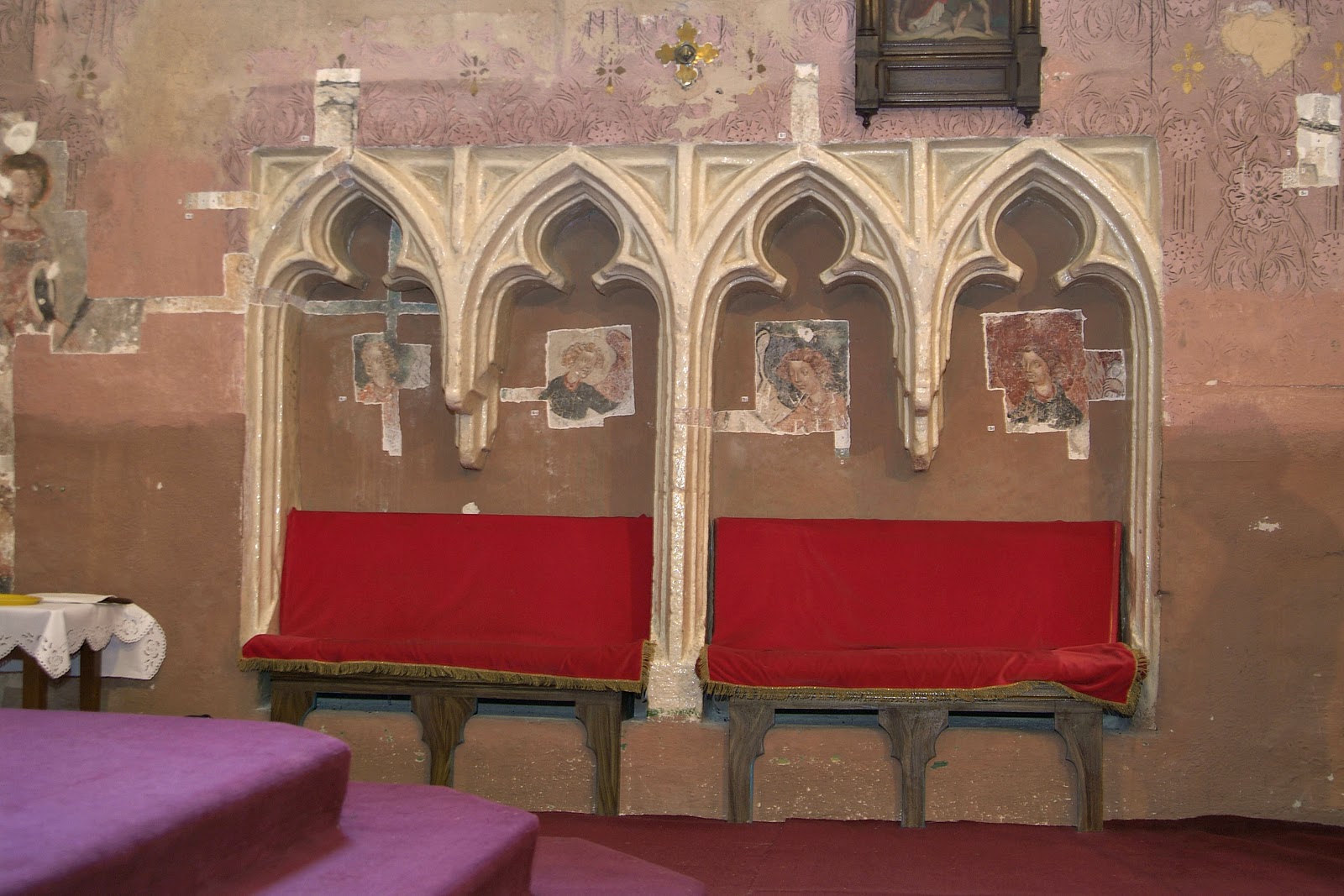During the last five years, I wrote on various subjects on this blog, including the discoveries of treasure hoards and wall paintings, interesting exhibitions and new publications, museum collections and organizational changes and many others. The beginning of a new year seems like a good time to re-visit some of these topics, and to give a quick update on some of the news I reported. Here, then, is a medieval news update, focusing on some of the most popular topics on the medieval Hungary blog.
Wiener Neustadt treasure hoard published
 The book describes the discovery of the treasure, and provides an exhaustive survey of the objects, including a detailed techical analysis of the materials, as well as studies on the art historical and cultural significance of the treasures. A catalogue of all the objects and an extensive photographic documentation is also included in the book. On the publisher's website you can browse the beginning of the book, and there are also a number of photos available (this is the source of the image above). A smaller publication, a brief introduction to the treasure, has also been published.
The book describes the discovery of the treasure, and provides an exhaustive survey of the objects, including a detailed techical analysis of the materials, as well as studies on the art historical and cultural significance of the treasures. A catalogue of all the objects and an extensive photographic documentation is also included in the book. On the publisher's website you can browse the beginning of the book, and there are also a number of photos available (this is the source of the image above). A smaller publication, a brief introduction to the treasure, has also been published.
Nikolaus Hofer, hrsg.: Der Schatzfund von Wiener Neustadt. Horn - Wien, Verlag Berger, 2014. 496 pp., ISBN: 978-3-85028-636-7
Goldsmith works from the Herzog collection on view at the Hungarian National Museum
Another treasure collection, goldsmith objects once in the collection of Baron Mór Lipót Herzog, surfaced at a New York auction a few years ago, as I reported also in 2011. It has now been revealed that the mysterious buyer of the objects at the sale was the State of Hungary, and the objects have been placed in the National Museum. After three years, in late 2014, the collection has been put on view in a special exhibition at the museum (which is open until January 25, 2014). No catalogue has been published, and there is no information available on the website of the museum - but a photo gallery is available on the website of the Hungarian state news agency, hirado.hu, by clicking on the image on this page. A total of 32 pieces entered the museum, all of which at one time belonged to Mór Lipót Herzog, who passed away in 1934. The pieces have been recorded earlier as wartime victims of looting, and their whereabouts were unknown until the New York sale.
Transylvanian goldsmith works from the former Herzog collection - Hungarian National Museum, on view until January 25, 2015. For more information (in Hungarian), visit Obeliscus, an online journal on the early modern period.
Transylvanian goldsmith works from the former Herzog collection - Hungarian National Museum, on view until January 25, 2015. For more information (in Hungarian), visit Obeliscus, an online journal on the early modern period.












.jpg)
.jpg)




